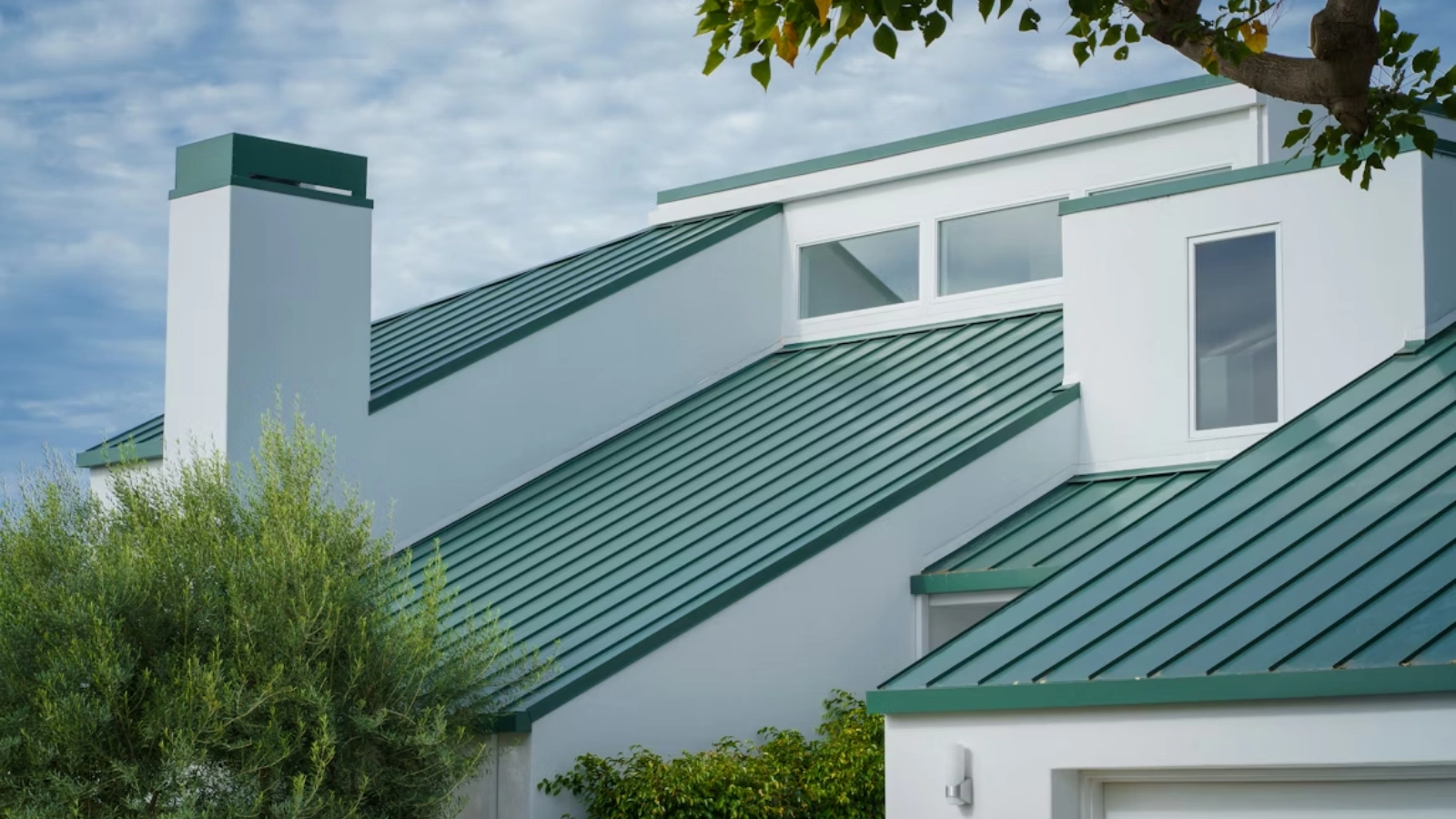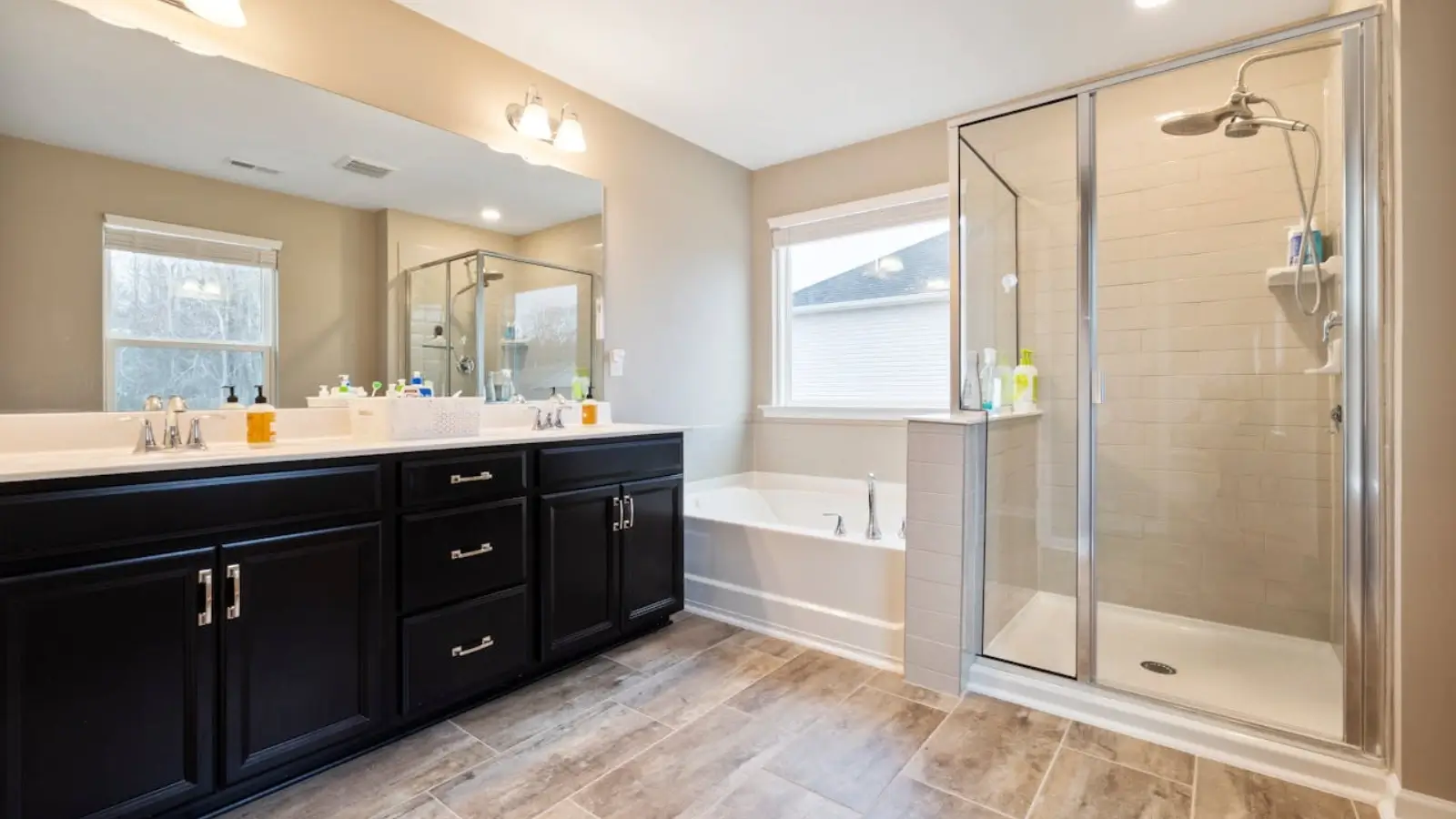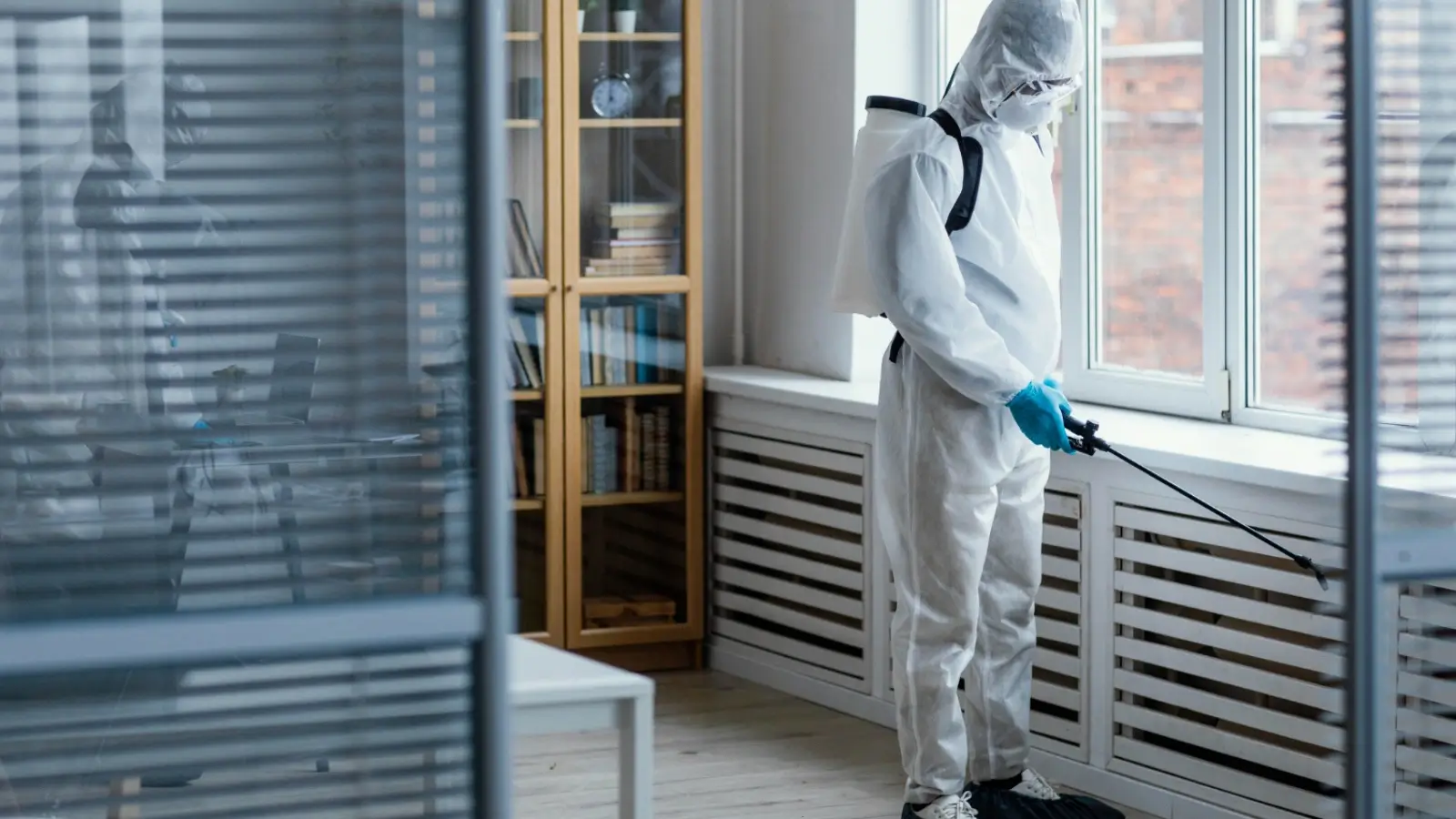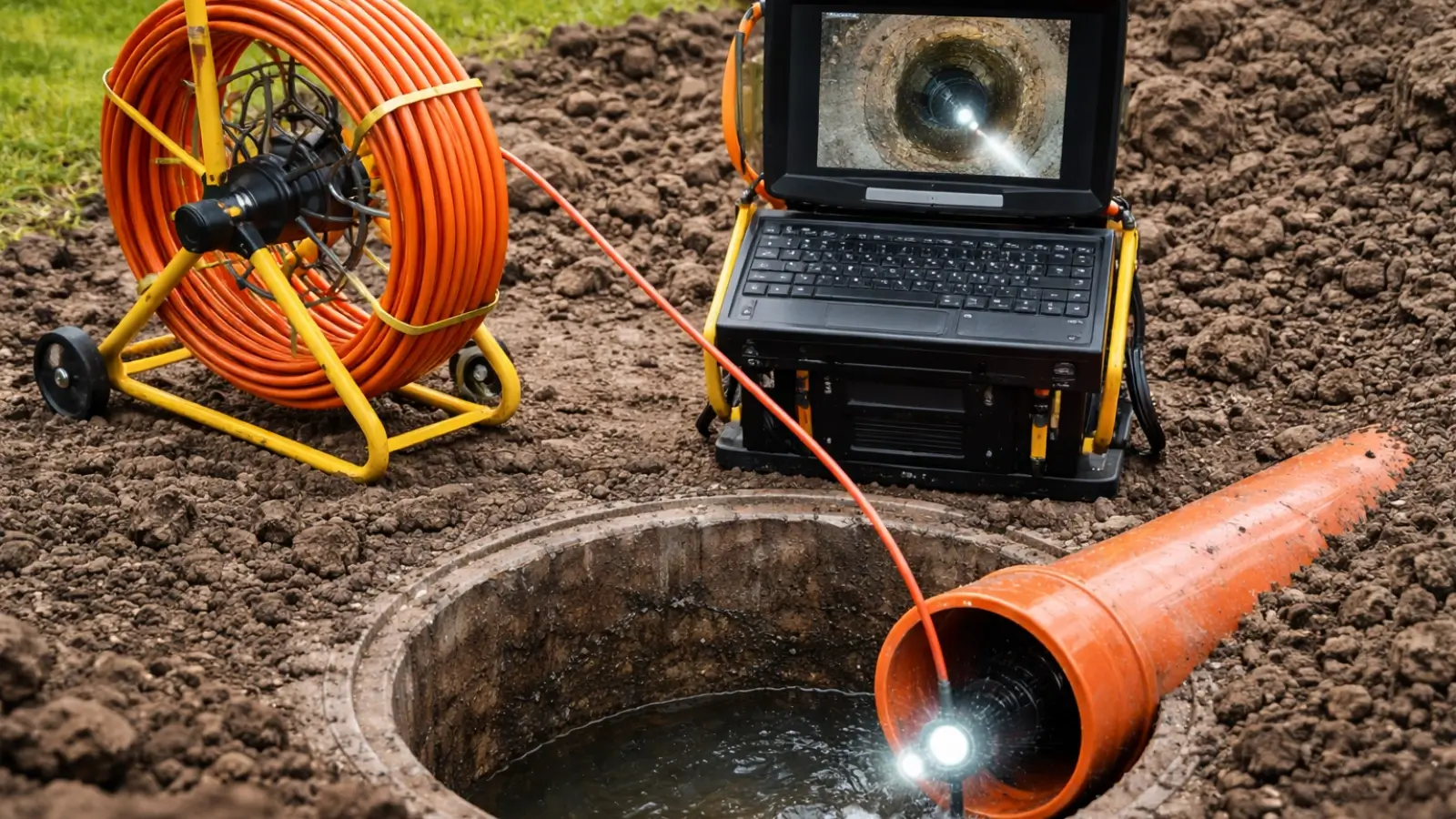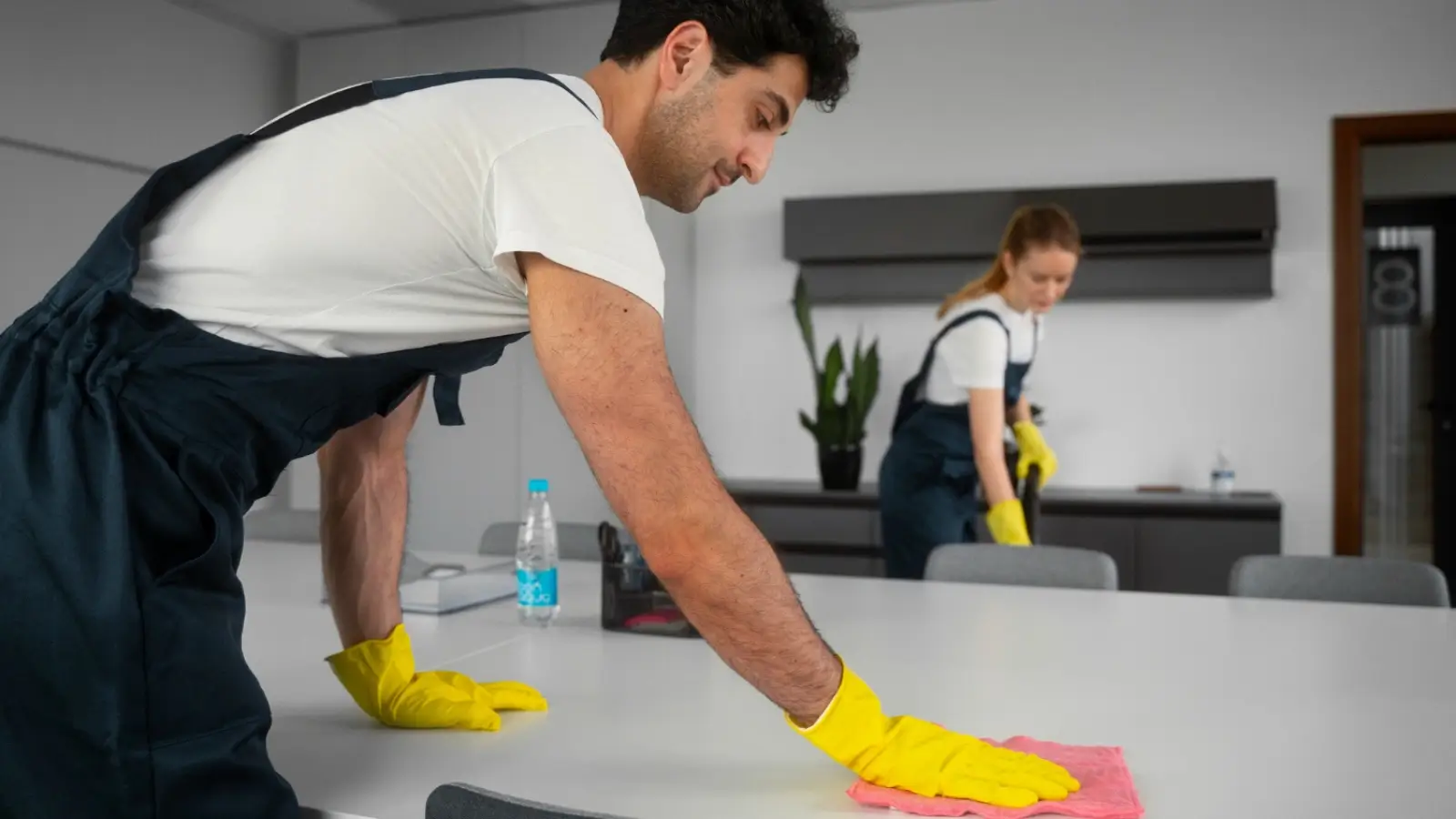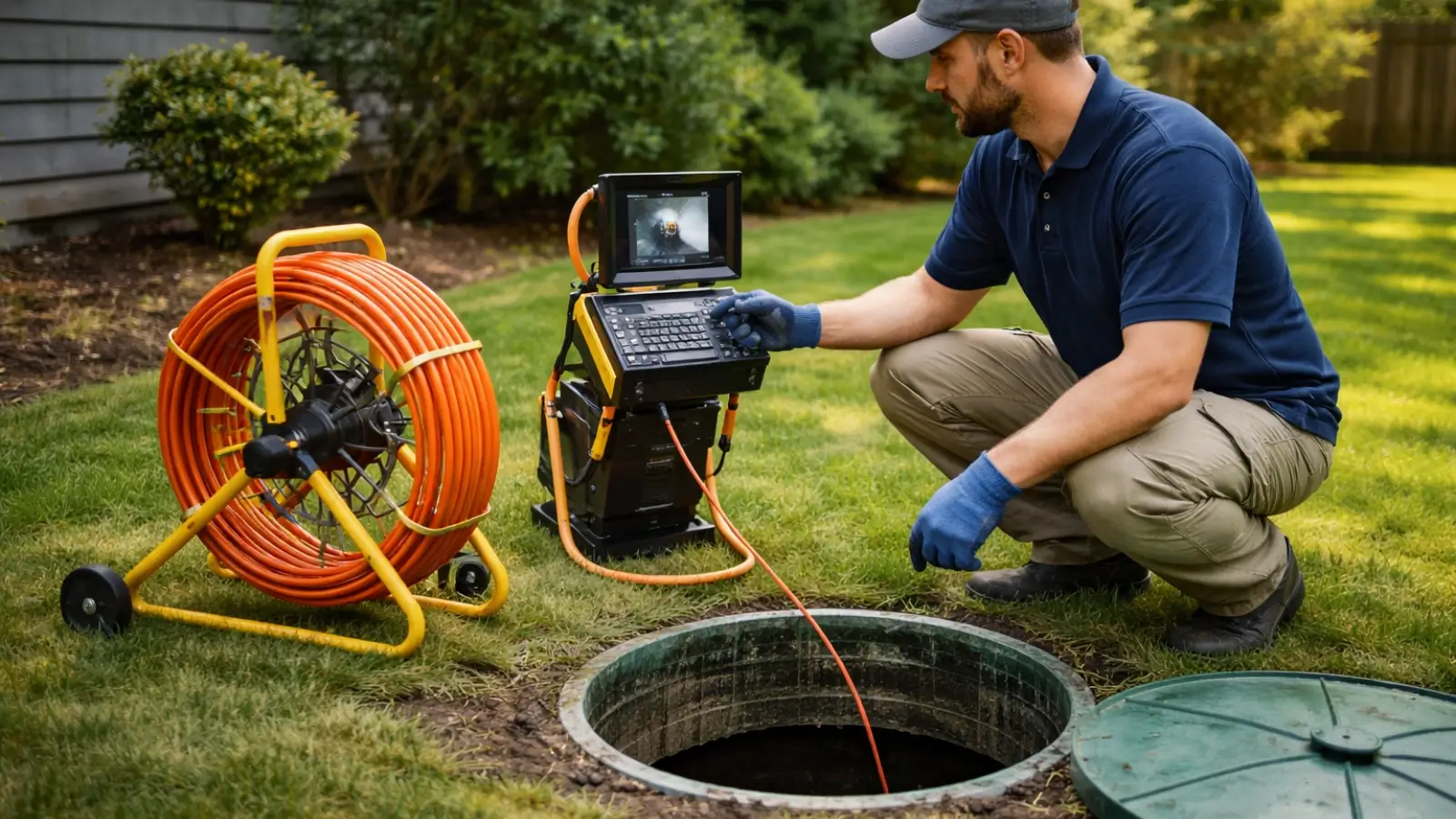A well-organized kitchen doesn’t just look good—it makes cooking, cleaning, and daily routines a whole lot smoother. If you constantly find yourself rummaging through drawers for that elusive spatula or cramming pans into a cluttered cupboard, it might be time for a kitchen reset. With just a few strategic changes, you can turn your kitchen into a functional, stress-free space.
Here’s how to organize your kitchen items for maximum efficiency—without the need for a full renovation.
1. Start with a Full Declutter
Before you can organize anything, you need to know what you’re working with. Take everything out of your cupboards, drawers, and pantry. Group similar items together (e.g., all your baking supplies, mugs, or cooking utensils), and get honest about what you actually use.
If you haven’t used that bread maker in two years, or you’re holding onto four can openers, it’s probably time to donate or toss. A good rule of thumb? If it’s broken, redundant, or unused for more than a year—let it go.
2. Think Zones, Not Just Storage
Professional chefs organize their kitchens into zones based on tasks—and you can too. Designate areas for specific activities: a prep zone, a cooking zone, a cleaning zone, and a storage zone.
-
Prep zone: Store cutting boards, knives, mixing bowls, and measuring cups near your counter space.
-
Cooking zone: Keep pots, pans, spatulas, and oils close to your stove.
-
Cleaning zone: Dish soap, sponges, and towels belong near the sink.
-
Storage zone: Tupperware, foil, zip bags, and wraps should be near the fridge or pantry.
Grouping items by use saves time and cuts down on unnecessary steps.
3. Use Vertical Space and Drawer Organizers
Don’t overlook the power of vertical storage. Add risers in cabinets to create shelves for mugs or canned goods. Use wall-mounted racks for utensils or pot lids. Inside drawers, invest in adjustable organizers for cutlery, spices, or kitchen gadgets so everything has its place.
If you have deep drawers, consider using clear bins to separate categories—this is especially helpful for snacks or baking ingredients. Lazy Susans are also a lifesaver for hard-to-reach pantry corners or spice cabinets.
4. Keep Everyday Items Within Reach
Store the items you use every day in the easiest-to-access spots. That means plates, bowls, and glasses go on lower shelves, while special occasion dishes can be stored up high. The same goes for appliances—your toaster or kettle should be front and center, while the waffle maker can go in the back.
Keeping high-use items accessible makes your daily routine faster and less frustrating.
5. Label, Label, Label
If you have a busy household or just want to stay on track, labeling is a game changer. Use labeled bins or jars in the pantry to group similar foods together—pasta, baking supplies, snacks, etc. Label drawers and shelves if needed, especially if multiple people use the kitchen. It might sound excessive, but it helps everyone know where things belong, which keeps your system working longer.
6. Don’t Forget Personality
Organization doesn’t have to be boring. Add your own flair with fun, functional pieces that make the space feel like you. Bright utensil holders, quirky tea towels, or colorful containers can make everyday tasks more enjoyable. If you love a bit of humor or whimsy in your kitchen, consider adding some novelty kitchen items from Typo—they’re a great way to bring personality to your space while still being useful.
Final Thoughts
An efficient kitchen isn’t about having a Pinterest-perfect space—it’s about creating a setup that makes your life easier. By organizing based on how you actually use your kitchen, investing in smart storage solutions, and keeping the items you use most within easy reach, you can transform even the smallest kitchen into a well-oiled machine.
And don’t forget: the best organization system is one you’ll actually stick with. So keep it simple, make it fun, and give yourself the gift of a kitchen that truly works for you.








